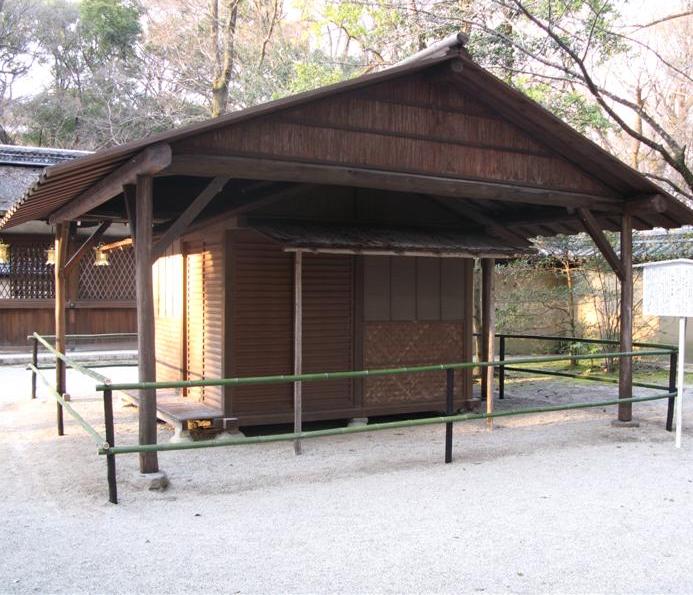
(Malus fusca. Native to the North Coast, in my home county it's a common understory tree, flourishing on the margins and in clearings of mature forests.
Though M. fusca's apples are only bean-sized, given the number available, they're a staple of local indigenous cuisines. Like all crabapples they're barely palatable raw, but a brilliant upgrade to other fruits, contributing depth, tartness, pectin, and rosy perfume to evergreen huckleberries, apple pie and cider, rose hips, blackberries and a great many others.
The wood is dense and hard, verging on flinty, and so good for such things as tool handles, stakes, digging sticks, and hard-duty walking sticks.)
Appearing also on My Corner of the World.






























